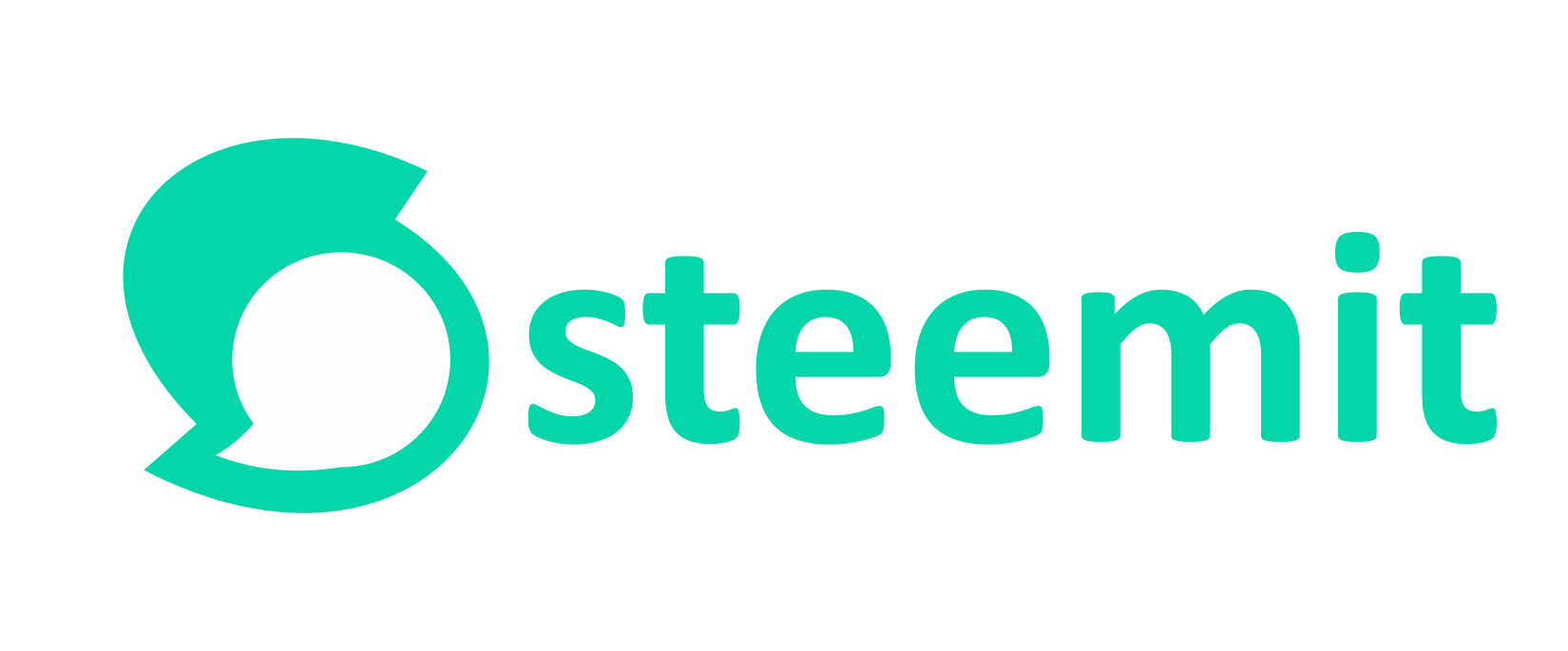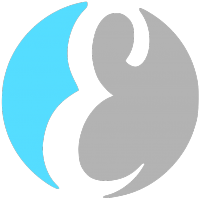While not every industry would necessarily benefit from blockchain technology, online content is one of the areas that could unquestionably improve with a functioning token economy.
The dream of content creators and consumers for many years has been a viable system of micropayments, so that consumers could pay small affordable amounts, and creators could reap large benefits in aggregate. The fees and regulations of systems almost entirely based on credit card processors have failed to deliver anything close to the liquidity needed to make this a reality.
Current systems involve a lot of middlemen handling customer payment information, and they take a cut and impose restrictions not only on payment increments, but even on who is eligible to participate. Users might find they are unable to access or pay for certain content across country lines or because of different payments systems or other reasons.
Blockchains cut out the middlemen, giving content creators the opportunity to develop relationships directly with their consumers.
Here we present 4 different kinds of blockchain-based content delivery systems where contributors can hope to see better returns on their content. If you are looking to express yourself online in the form of writing, video, reviews, or even just sharing what you know, these up and coming sites might be the place for you to go.
Steemit

From an interface and experience point of view, Steemit looks a lot like Medium, which is one of the largest content delivery sites outside of the blockchain space.
Similar to how Medium works, content creators post their writings, art, or videos to the Steemit site, and they can get paid by members of the Steemit service. Unlike a content aggregation site like reddit, where people post links to content on other sites around the web, contributors on Steemit and Medium get compensated by placing their content within the walled garden of the site itself.
The most significant difference between Steemit and Medium, and it is a world of difference, is with the payment systems.
With Medium, consumers pay into an account, usually with a recurring monthly membership. From this pool of money they have in their Medium accounts, consumers on Medium can choose to reward content they like. It’s a linear pathway from consumer to creator, with a centralized server handling it.
With Steemit, not only can the consumer buy STEEM tokens and then pay them out to creators, just like the Medium model, but blockchain creates many more ways in which the economy can grow and everyone participating can see a return.
First, Steemit adds more STEEM tokens every day, and these tokens are distributed among creators based on the amount of votes they have. Also, just holding an amount of Steem in a wallet will accrue more STEEM through regular air drops.
Possibly the most interesting aspect of Steemit, though, is that voting is seen as contributing, or “curating” in their terms, and will also be rewarded. Users who vote early in support of content that later becomes popular can get higher returns for their votes, incentivizing people to be on the lookout for breakout content.
Possibly the single biggest challenge content creators face is getting noticed in the deluge of all the available competing content.
While most sites leave creators to fend for themselves, Steemit is one of the very few systems that provides a concrete monetary reward for consumers to seek out undiscovered content, meaning consumers have a reason to be proactive in a way they aren’t likely to be with other sites.
Learn more about Steemit in our article, “Steemit Review: How Does It Work and Can You Really Earn From It?”
Narrative

Narrative is still in early alpha development, and it is not entirely clear exactly how their interface will look and feel.
However, what it known is that the language of their whitepaper focuses on contributors, whom they call “Narrators,” who keep “journals” to tell their personal stories and share their thoughts.
While this could be broadly interpreted to include almost any kind of creative content, there is a strong impression that this is a blogging platform, similar to early WordPress days, when WordPress was more narrowly designed for blogs, not the all-encompassing website platform it is today.
Of course, WordPress never had a token economy or a built-in way for creators to get paid, and that is where Narrative is trying to make a difference. They have a token called NRVE which fuels the system and is used to reward creators and curators. According to their whitepaper, 85% of the value in the system will go to users, with 60% going to content creators.
There is a structure in place where there are categories of content, which they call “Niches,” to help people find relevant topics. People curating these Niches also get token rewards for successfully keeping their Niche relevant and interesting.
Just as WordPress started out with blogging and grew into a website platform similar to Squarespace, Narrative may also soon find that personal blogs, or “Journals,” are only one part of a larger potential market.
Currently, Narrative is still in an early alpha phase of development, and participation is only available by making an application to get on a waiting list where they will bring on new users periodically. If you get in an early stage, you are able to bid to create Niches, which could be a profitable enterprise in the long run.
It is unclear at this time when exactly the fully operational mainnet will be made publicly available. However, interested parties can pre-register for access to Narrative Alpha.
One popular area of content creation and contribution that could benefit from a token economy is creating reviews on the usual lifestyle topics such as restaurants, movies, and travel.
Dtube

Dtube, as is readily apparent in the name, is a blockchain-based alternative to Google’s dominant video platform, YouTube. The top page interface is almost an exact copy, which indicates they are not merely aspiring to provide a similar service, but are looking to supplant the household name video service entirely.
Dtube is actually based on Steemit, which we’ve described above. It also uses IPFS, a blockchain that seeks to decentralize the web in general.
Essentially, Dtube uses Steem and STEEM tokens to fuel their token economy, and IPFS for storing video files. They hope this combination of existing services will provide the best of worlds in terms of a fluid economy and reliable decentralized data storage.
From a video content creator’s point of view, the really significant difference between Dtube and YouTube is the compensation. With tokens at its disposal, Dtube videos have no need for advertising.
This is better for consumers because it means not having to be interrupted by obnoxious ads. Moreover, content creators benefit as well as Google currently takes a 45% cut of advertising revenue, which is a significant cut. A transparent token economy should see higher percentages for creators.
Just as significant as the cut is also the correlation between revenue and popularity. With advertising, it’s not necessarily the case that someone clicked on an ad because they liked your video. It may even be that they were bored and found the ad more interesting.
But with tokens, people would only contribute when they want to support, meaning that each token is an indication of having made successful content, which is the kind of validation just about every creator craves.
Dtube is live now for both creators and consumers, so you can join the more than 1.5 million active users on the platform today. It should be noted that because of current data storage limitations, if videos that don’t receive upvotes after a period of time (around 7 days), then it is deleted.
Everipedia

Everipedia is an attempt to recreate the world’s most popular reference site, Wikipedia, on the blockchain. Most of the content currently on Everipedia is drawn from Wikipedia, where all the content is freely available under a creative commons license, so it has a big advantage over other sites that can’t just copy the content of their competitors.
Given that Wikipedia is already open for anyone to edit, free to use and reference, and has, at least in principle, an open and transparent editing process, what can Everipedia bring to the table?
The truth is that from a consumer point of view, the difference between the two sites may not be all that apparent or important. In fact, Everipedia openly declares themselves as a “fork” of Wikipedia.
One difference is that by moving the concept of an open and freely editable knowledge database to the blockchain, specifically the EOS blockchain and IPFS in the case of Everipedia, the assurance of transparency and data security is increased. Blockchains, by their very nature are designed to be more stable and secure than centralized data storage.
But for content creators, probably the most significant difference is that of policy. Everipedia is more inclusive in what content they allow.
For example, if you wanted to, you could open an account and create a page about yourself. This is in contrast to Wikipedia, where you must be a “notable” figure in some regard, by standards that may be somewhat subjective, and in any case, contributors are not allowed to edit topics that they are directly connected to, for fears of losing objectivity.
Everipedia’s attitude is that so long as you can back up any claims with verifiable citations, it matters less where the information came from. They are also more open to including memes and visual design elements that make the information more compelling and modern for the reading audience.
As of December 2017, Everipedia has around 2 to 3 million active users monthly, which is a far cry from Wikipedias roughly 415 million monthly users — however, considered in relation to when the project started, it’s impressive growth.

